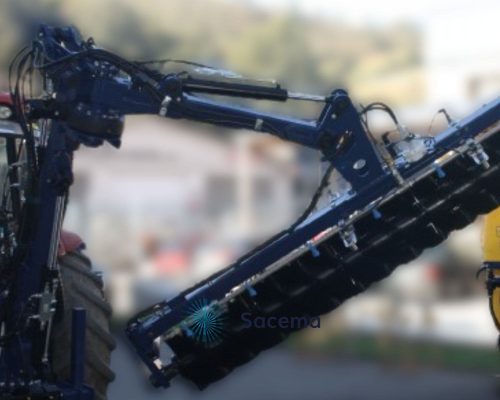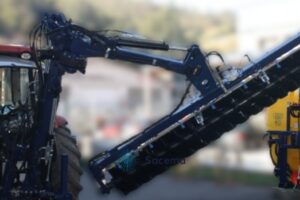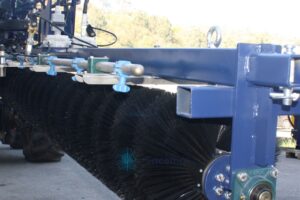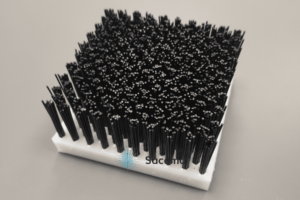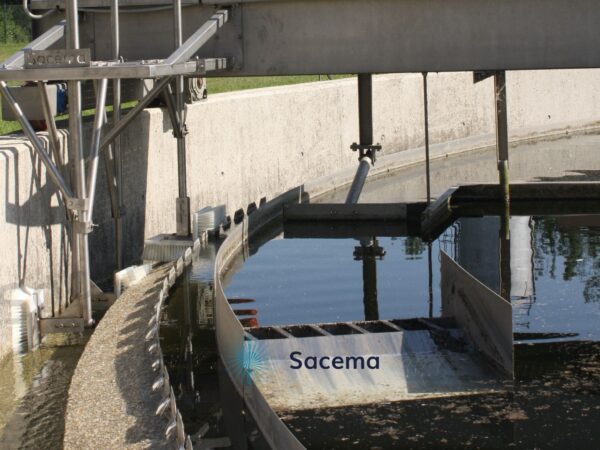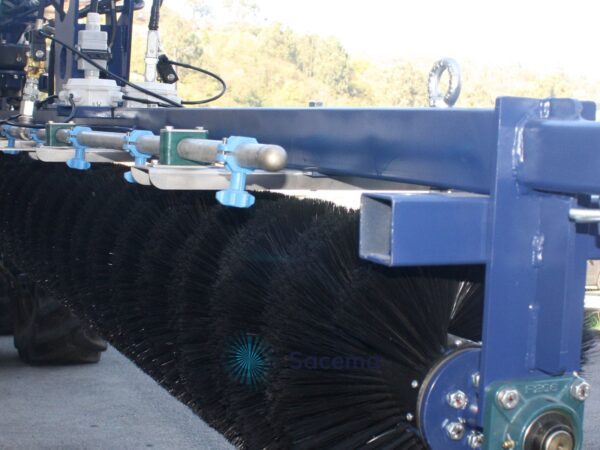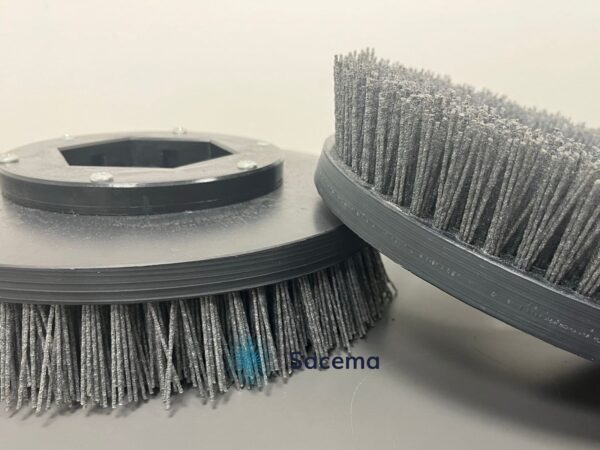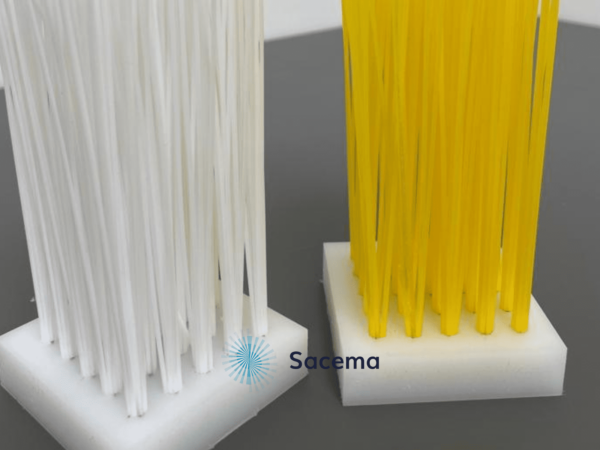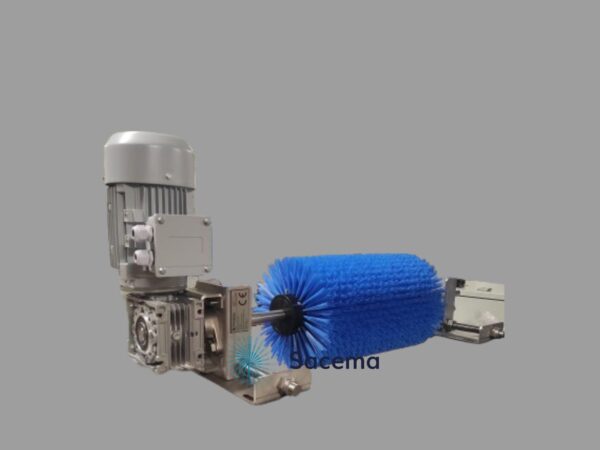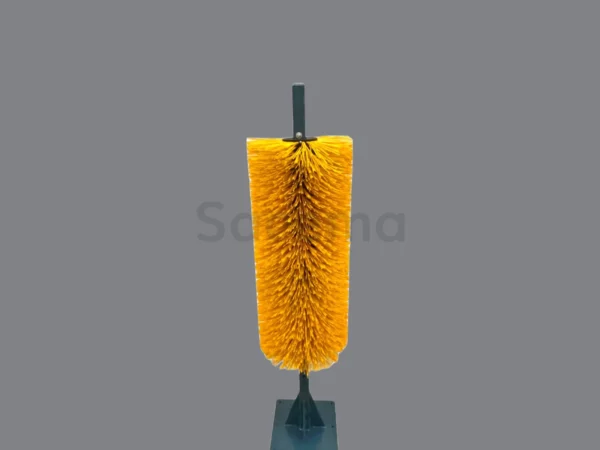With the rise of technological growth and the increase in solar farm installations, all kinds of machines and accessories for cleaning solar panels have been developed.
In the design phase of installations, the future need for cleaning and maintenance of the panels is increasingly taken into account, which has led to the emergence of various cleaning methods in the market.
Both manufacturers of cleaning machines and end users contact Sacema for all kinds of inquiries related to the integration of technical brushes into their solar panel cleaning equipment.
The purpose of this post is to explain the most suitable filament material for cleaning photovoltaic panels, as there is some lack of knowledge on this subject.
In selecting a technical filament for an industrial brush, in addition to its application, it is also necessary to understand the conditions and type of work the brush will perform, which can be summarized as follows:
Balance between gentleness and effectiveness:
Photovoltaic panels are delicate and should not be scratched or marked on their surface.
In some cases, the panels can be quite dirty due to embedded dust, bird droppings, or moss that accumulates if not cleaned regularly, so the filaments must have some scraping capability.
Working environment:
Cleaning is generally done wet, as the machines usually use water in the process. However, in some cases, it is done dry, especially in places with water scarcity.
Since the work is done outdoors, the filaments of the technical brushes are exposed to UV rays from the sun.
Given these conditions, polyethylene (which is affected by UV rays) and polyamides should be directly discarded due to their water absorption capacity.
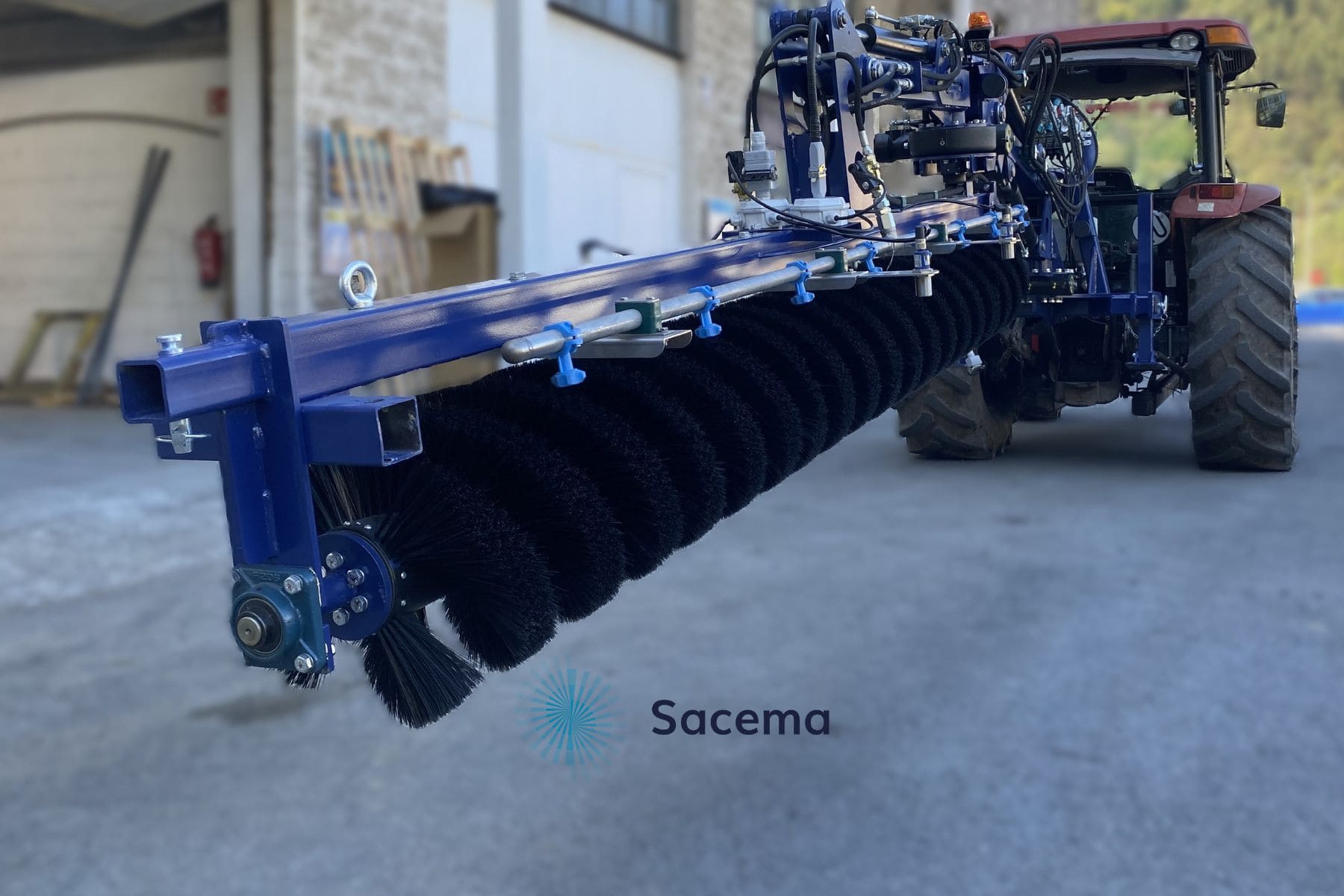
Therefore, the most suitable filaments for cleaning solar panels are polypropylene, a slightly more economical option, or PBT polyester, a higher quality option.
The big question is always the choice of the most suitable filament section, as well as the brush density, to ensure it is flexible enough and performs the cleaning without damaging the panels due to its hardness.
The answer is not as clear-cut as in the case of materials, as it depends on the free length of the filaments and the type of machine. For example, the brush for solar panels mounted on a hydraulic arm for tractors needs a longer filament to reduce the risk of impacts with the panels (the filament section ranges between 0.50 and 0.80 mm). The one for the remote-controlled robot is much smaller (usually made with a mixed nylon and PPL filament section of 0.3 mm), and a manual cleaning brush uses much finer filaments, ranging from a section of approximately 0.20 mm to 0.40 mm.
Conclusion:
At Sacema, we have extensive experience in manufacturing brushes designed for the cleaning and washing of solar panels and plates, so do not hesitate to contact us, and we will study the most suitable need.

